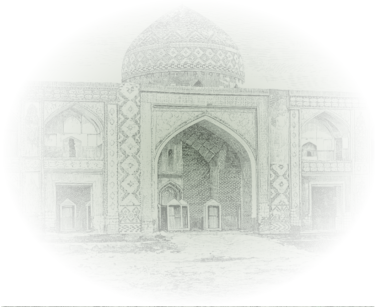Govushug is a village in the Sharur-Daralayaz uezd of the former Iravan governorate, later in the former Keshishkend (Yeghegnadzor) district, and currently in the Vayots Dzor province. It lies 10 km to the northeast of the Keshishkend (Yeghegnadzor) settlement, on the banks of the Alayaz River. It is marked as “Govshug” on the five-verst map of the Caucasus, and as “Gavushug”, “Kavushug” in the works of Armenian authors. It has been mentioned in historical sources since the 10th century and was restored in the 17th century.
The village was solely inhabited by Azerbaijanis: 96 in 1831, 158 in 1873, 190 in 1886, 232 in 1897, 172 in 1904, 190 in 1914 and 376 Azerbaijanis in 1916. In 1918 the village was exposed to aggression by Armenian armed forces and the population was deported. Following the establishment of Soviet power in present-day Armenia, the surviving villagers managed to return to their lands. The village was inhabited only by 138 Azerbaijanis in 1922, 260 in 1926, 325 in 1931, and 800 Azerbaijanis in 1987. In late November 1988, the residents of the village of Govushug were forcibly deported from their ancestral lands by the Armenian government. Currently, the village is inhabited only by Armenians.
The toponym was coined by adding the suffixes “-ush” and “-uq” to the ethnonym “gov” from the Kipchak Turkic tribe. By the decree of the Presidium of the Supreme Soviet of the Armenian SSR dated 3 April 1991, the village was renamed “Hermon”.
According to the law “On the administrative-territorial division of the Republic of Armenia” dated 7 November 1995, it was integrated into the administrative territory of the Vayots Dzor province.
Geographical coordinates: latitude: 39°52’ N., longitude: 45°25’ E.
